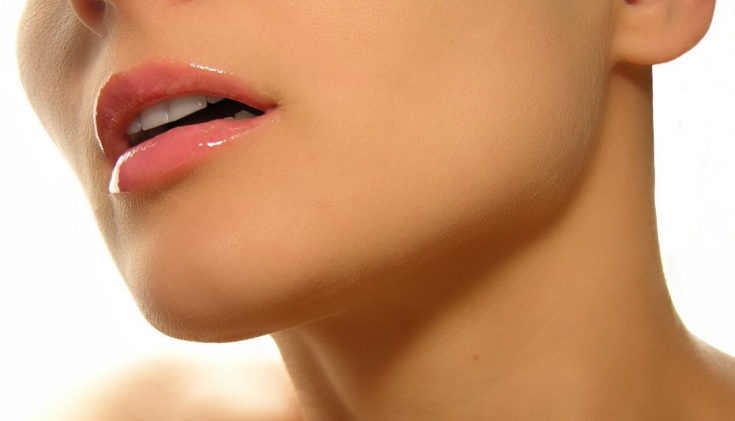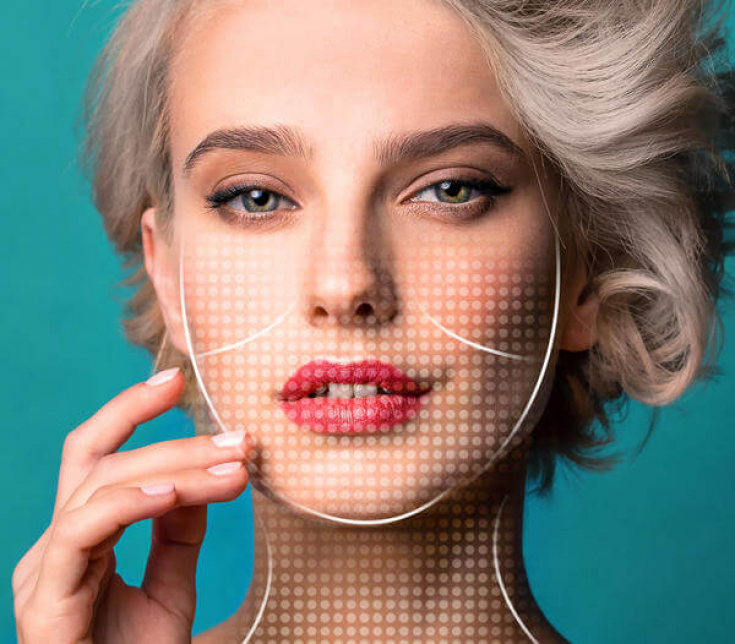Subcutaneous fat plays a major structural role in facial aesthetics. Like a shell, it softens, shapes and smoothes the underlying musculoskeletal angles. In young people, the face is oval in shape with a triangle of beauty based on the features of the cheekbones and chin. Therefore, the beauty of a woman's face depends not only on the elasticity, smoothness and absence of wrinkles on the skin, the harmonic curves and roundness of the face are also of great importance.
If present, excess fat deposits will predominate in the lower part of the face and, as a result of gravity, the face looks heavier and fuller, the jaw contrast is erased, the connection of the neck to the chin lacks definition. On the other hand, in cases of fatty atrophy, changes will appear on the lower third of the face, which will look emaciated, flat and angular, and the lack of contrast and curves will cause insufficient grace, read about it on estet-portal.com
- Anatomical risks of cervicofacial lipomodelling
- Criteria for cervicofacial lipomodelling
- The process of cervicofacial lipomodelling
- Complications of cervicofacial lipomodeling
Anatomical risks of cervicofacial lipomodelling
- Continuous zone between superficial and deep adipose tissue in the zygomatic area.
- Tunneling that does not run exactly parallel to the skin surface will damage underlying vessels and nerves.
- Crossing the subcutaneous muscles of the neck of the third type presents the same danger.
- The fat under the subcutaneous muscles of the neck is a lymphatic drainage area with the submental and maxillary lymphatic systems. Thus, there is a risk of lymphorrhea (lymph leakage).
- Posterior auricular branch of the facial nerve. This branch can be damaged as a result of behind-the-ear tunneling, which entails paralysis of the occipital muscle and subsequent sagging of the scalp, which is then stretched by the muscles of the forehead.
Read also: Features of correction of nasolabial folds
- Auricular branch of the superficial cervical plexus. It crosses the posterior border of the sternomastoideus muscle, runs along the superficial muscular aponeurotic system, and emerges on the surface of the pollinator zone. Damage to the branch entails a complete loss of sensation in the earlobe.
- The facial vein crosses the lower outer border of the submandibular gland. Occasionally, it bends as a result of superficial cervical aponeurosis, as a result of which it can be damaged.
- Parotid branches of the facial nerve. These branches pass between the chewing muscle and the superficial muscular neurotic system, where the parotid gland is located in the cellular fascia. There are many anastomoses that provide backup delivery in case one of these branches is severed. Only the extreme branches – maxillary and temporal. The superior maxillary branch crosses the lower edge of the jaw and superficially crosses the facial artery.
Cervical-facial lipomodeling criteria
From an aesthetic point of view, these criteria are aimed at giving the face a beautiful and youthful appearance. In young people whose skin is firm and elastic, the restoration of a normal cervico-chin contour by liposuction should follow the criteria developed by Ellenbogen in collaboration with Carlin:
- clearly defined mandibular border;
- visible hyoid deflection;
- visible thyroid cartilage;
- clearly defined anterior sternomastoidal border;
- cervical-chin angle – 105-120 degrees.
In older patients, the reshaping of the 3D image expresses the importance and persistence of fat in any thin face. Sagging skin is important in itself and is most often associated with low cheekbones. The quality of the skin will further deteriorate from moisture loss.
Follow us on Instagram!

A normal cervico-chin contour provides not only a perfect face oval from the front, but also guarantees a better profile. Correction of mental and maxillary ptosis gives better outlines to the cheeks. Liposuction is also great for men as they have thicker skin and fewer wrinkles due to their facial hair.
The process of cervicofacial lipomodelling
At the level of the cheekbones, pinpoint incisions are made in the lower third of the nasopharyngeal groove and 2 cm forward within the tragus in the parotid zone. Three incisions are made under the chin: under the tip of the chin, under the upper jaw and opposite the branch that goes up from the lower jaw.
Depending on the shape of the neck, the doctor determines whether an incision is needed at the end of the cervico-chin angle. In some cases where this angle is acute, an additional incision is needed to work in the transverse section and obtain retractable scar fibrosis. According to Fournier, it is necessary to get as close as possible to the place to be treated. Too far exposure to a long cannula can lead to a violation of its horizontal position relative to the skin surface and damage to blood vessels or underlying nerves.
Read also: Correction of angles and contours of the lower jaw with botulinum toxin type A
However, Fournier's entry points prevent the doctor from effectively treating the lower cheeks. The entry point on the lower third of the nasopharyngeal sulcus allows you to effectively work on the lower part of the cheeks with the help of tunneling at this level.

The first step of the operation requires careful tunneling or non-aspiration cannulation in cross section using a 2 mm cannula. Use your free hand to stretch the tissue. First, the procedure is carried out on one half of the face, and then on the second – making it symmetrical first.
Second step: lipoaspiration adapted to the shape of the face. First, the chin area is treated, then the digressive action is carried out from the jaw contour to the zygomatic area. The passage of the cannula should be parallel to the skin surface, both points of entry at the zygomatic level making it possible to cross the tunneling surfaces. The surgeon works by probing the tissue with thumb and forefinger, or by palpation and roller massage, which guides the trajectory of the cannula and thus allows the surgeon to operate both at the surface and at depth at the same time.
The third step of the operation is a peripheral lifting with a classic single-hole cannula. This lifting is carried out at each entry point, which allows the treatment of both the neck and the lower part of the cheeks, while guaranteeing an improvement in skin firmness. The incisions are sealed with a sterile plaster.
Post-op procedure
While the patient is still on the operating table, manual lymphatic drainage massage is performed. It should be done three times a week for two weeks. For 24 hours omust be bandaged.
Complications of cervicofacial lipomodelling
Moderate complications include
- swelling that usually resolves in 2-6 days;
- subcutaneous hemorrhage, which is usually moderate and localized in the area under the collarbone;
- minimal pain, feeling of discomfort.
Follow us on Facebook!
However, there are more serious side effects that the doctor should be aware of:
- Injury to the facial nerve: pay particular attention to the lower part of the maxilla.
- Hematoma (occurs rarely).
- Complications that may arise from any surgical intervention.
- The maxillary branch of the facial nerve: damage to it can lead to deformity, especially when smiling.
The reason for this is the proximity of the artery and facial vein, which also explains the risk of bleeding during cauterization at this level. Some doctors also warn that cannula movements can cause nerve sheath demyelination, which causes immediate facial expression problems that can last up to two weeks.
Read also: Occlusion of the central retinal artery: causes and management of complications
It is also mentioned in the medical literature that excessive aspiration of classic cannulas can have the following consequences:
- unsatisfactory result due to poor conditions or technical inaccuracies.
- pigmentation that fades away if not exposed to the sun.
- dents or grooves resulting from incisions that are too deep or superficial cannulation.
- temporary partial paralysis, especially at the level of the cervical branch, which entails changes in the movements of the mouth. Passes in about 6 weeks.
- hematoma.
- infection.
Conclusions:
Lipomodeling tunneling causes ascending cicatricial fibrosis, which changes the oval of the face and the chin area. Cervical-facial lipomodeling allows using non-aspiration cannulation, further adipocyte aspiration and superficial cannulation to restore facial contours. The tightening effect is achieved with the help of retractable cicatricial fibrosis. The results of the procedure are excellent and depend on the condition of the patient and the skill of the doctor.
Based on Prime magazine.
More useful information on our YouTube channel:







Add a comment